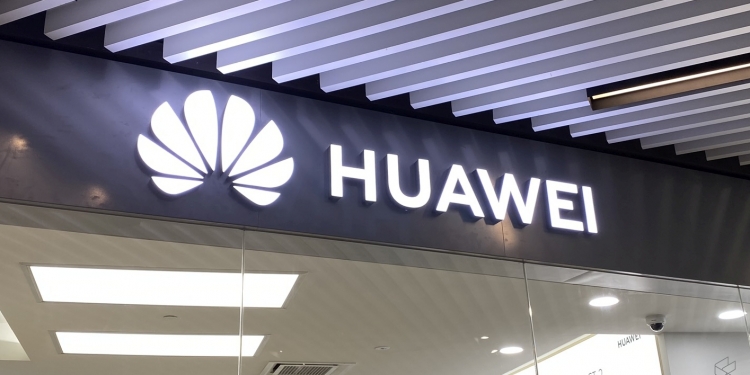Chinese tech giant Huawei’s plans for its Kirin processors may have hit a roadblock as the US government has imposed more restrictions that prevent Huawei’s chip manufacturing arm HiSilicon from dealing with American tech companies. This is expected to force Huawei to consider other chip manufacturers, particularly Qualcomm and MediaTek to power its next flagship smartphones.
We previously reported back in May 2020 that Taiwan Semiconductor Manufacturing Company (TSMC) would be restricted from supplying to Huawei under this new order from the Trump administration. It has since confirmed that it has stopped taking new orders from Huawei since 15 May to comply with this order. This has resulted in Huawei seriously considering using another chip for its upcoming smartphones like the P50, which is expected to debut in 2021.
KeyBanc Capital Markets analyst John Vinh said that as a result of these restrictions, Huawei may opt to use Qualcomm’s Snapdragon chipset in its Mate 50 and P50 flagship phones.
Qualcomm would need to apply for a license from the US Commerce Department’s Bureau of Industry and Security to supply chips to Huawei. Should this request be granted, it would be accompanied by a patent license agreement between Qualcomm and Huawei. Qualcomm has for months been trying to secure a 5G license agreement with Huawei but has not been successful.
Vinh said:
“Many of the restrictions put in place against Huawei are designed to protect national security threats posed by 5G communications/network infrastructure and military applications, whereas we don’t believe consumer smartphone devices are being targeted.”
But even if a Qualcomm deal was to be reached, we may only see Snapdragon-powered Huawei phones sometime next year. For the near future, Huawei’s options are more constrained. It will have to embark on a dual-chip strategy similar to what Samsung practised since the Galaxy S8, releasing one variant of its flagship devices with Qualcomm’s Snapdragon processors and another using Samsung’s Exynos chips.
Should Huawei embark on a similar strategy, this would see certain models of its Mate 40 phones using its in-house developed Kirin 1020 processors for the domestic Chinese market and models released for the global market would be outfitted with MediaTek chips. Huawei’s Kirin 1020, which is based on a 5nm process, is claimed to offer a 50% performance boost over the previous generation Kirin 990. The challenge for Huawei is to ensure that the other silicon option it chooses offers a consistent experience with its own chipset.
Not much is known about Huawei’s upcoming Mate 40 smartphones but so far the only details to emerge is that it may come with a quad-camera system with a 108MP main camera. The Mate 40 was expected to launch in the fall of 2020 but recent developments could see the phone delayed.
[SOURCE]








